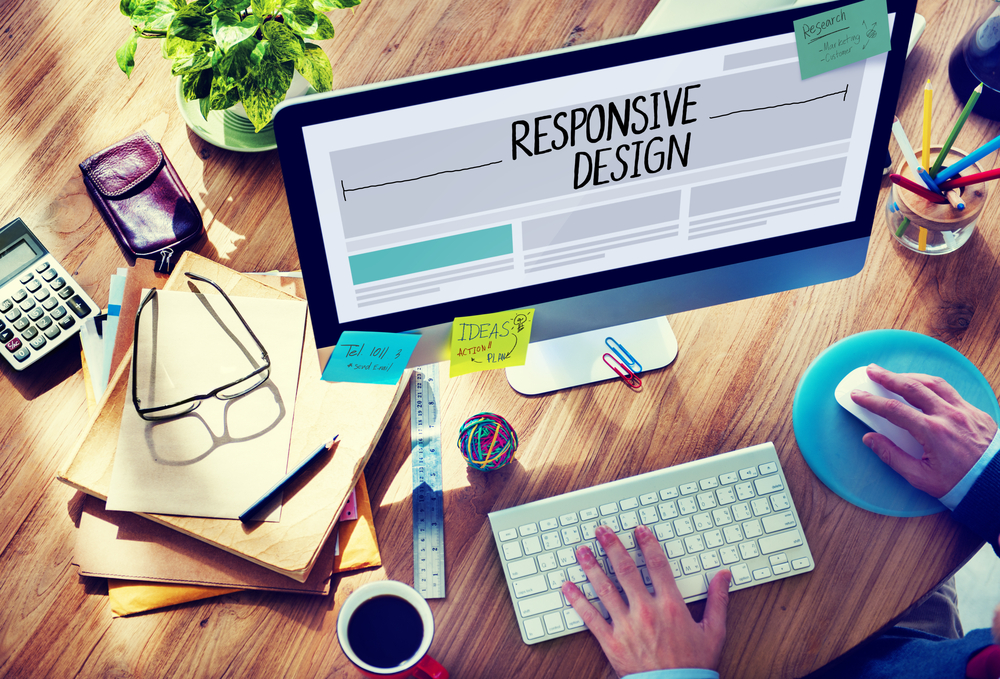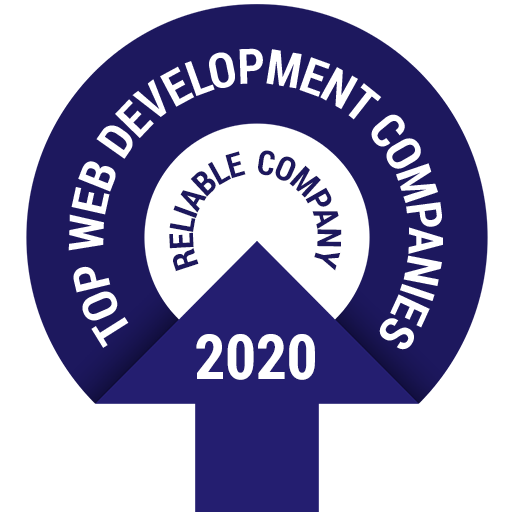Technology is evolving at a breathtaking pace.
Every month we witness one techno-innovation or the other that overwhelms us, leaving us with a wide spectrum of applications that might have been super-essential some time ago but are nothing short of a legacy burden now. Sadly the overwhelming number of such systems and the budget devoted to them make us think twice before discarding them completely.
This is where legacy system modernisation comes into play.
Outmoded systems, whether they are a couple years old or belonging to the past decade, can be upgraded using such top class modernisation services. Whether you want to move to the Cloud/SaaS model, micro services architecture or get the systems fully re-engineered, legacy system modernisation can help you be in sync with the current technology trend.
These alluring services are tempting enough to avail, but seeing how time-consuming and costly this affair is, we cannot fully jump into this process without knowing whether our systems actually need modernisation or are old-enough to be discarded. Spending your fortune on nothing doesn’t really make sense.
Hence, we bring you this list. Developed using our years of expertise in the field, these points have helped a lot of different organisations ferret out the legacy systems that need a makeover!
10 Telltale Signs that your Legacy System Needs Modernisation
1. Performance Issues (Slow and cumbersome)
Probably the first thing that makes you feel like ‘Yes, it’s time for a system up-gradation’.
In this 5G world, slow systems add on to your already high work pressure. Even a minute lost could cost us a lot. Imagine frequent hanging of applications when you are conducting a transaction worth millions. Frustrating, right?
If your system is dead slow and faces multiple glitches while working and has been such since long, it’s safe to say that it is asking for an up gradation.
Quality issues can be a challenge and can be corrected with quality management and testing, but if you pride your systems for their supreme quality, you might have to get them re-engineered for an improved performance and efficiency.
2. 3rd Party Software Support Failure
Dependency is not a bad thing, but if it directly affects the working of your software, you might want to re-think. Many organisations rely on the third-party software to run effectively and thus, face the huge risk of falling if the vendor is slacking on timely maintenance and updates.
Things get worse if your provider company gets trapped in an unavoidable situation, like an acquisition or merger. They will undoubtedly face a huge shift in their company policies, and chances of them terminating the software support are pretty high.
This is the cue for you to reconsider your service provider, frankly.
3. Device Dependent & Immobile Systems
If your software is incapable of being accessed from anywhere but the device it is installed in, you might want to get it upgraded. Immobility is just not an option in this highly competitive world. On-premise software is good, but it lacks the dynamics of a cloud-based system.
In fact, just introducing yourself to enterprise mobility strategy can help you increase your organisation efficiency to multiple folds. Give your legacy applications a mobile touch, if you can’t implement a full-blown modernisation framework.
4. Incompatibility with the Modern Software
There are loads of integration challenges associated with SAAS/Cloud up gradation.
Compatibility matters a lot, whether it’s personal, or well, technical. Most of the old systems don’t accept such changes easily and need a number of customisations to have new tools work effectively on them. You might want to reconsider spending a hefty amount on them.
For a smooth business process, assure the tools you are trying to adapt integrates with your legacy software without glitches.
5. Difficulty in Getting Required Skilled Labor for your Systems
Before the much-required technology boom, the software systems required a really high-skilled workforce that could handle the complicated systems aptly. However, hiring such years-trained labor for our legacy systems in today’s time is like searching water in a desert, possible but pretty challenging and expensive.
This reason should be enough for you to adopt system modernisation. If you hire inexperienced staff to make the outdated system somehow, it might affect your organisation’s efficiency.
6. They No Longer Meet your Requirements
Quite obviously, why would you want to keep a software in its native state if it no longer meets your requirements? It might have been a lifesaver back in the days, but you need to move on now or it may cost you revenue and efficiency. Typewriters and cordless phones are nice but smartphones are nicer.
7. Nonscalable and Inflexible Systems that are a Hindrance to Business Growth
We would definitely not want to keep a system or a software that is highly stiff and not scalable and cannot keep up with the constantly evolving business atmosphere. They might keep you back from increasing your ROI, being a hindrance to your growth.
You have two options now. You can either completely discard them or make them go through a legacy modernisation.
8. Weaving Value additions is almost Impossible
As explained above, legacy applications pose the biggest challenge in terms of flexibility and adaptability. Such systems might refuse to take up any value additions other than their core functionality, whether it is due to the outdated technology stack or a complicated architecture.
If your system requires more time and effort to adapt, it’s time for you to avail legacy modernisation.
9. Are Vulnerable to Cyber Security Breaches
Cyber breaches are increasing at a rapid pace, to nobody’s surprise. And more often than not, old and outdated systems are the ones that fall into the hacker’s trap easily. Old encryption algorithms can no longer help you protect your beloved systems, and you might find difficulty in looking for updated security patches for them.
10. High Operating & Maintenance Costs
All the points mentioned above can truly tell you how expensive keeping legacy systems in their native state could be. Add in maintenance and operating costs and game becomes even more challenging.
In clear words, if you have difficulty in operating your software and keeping it running at all times, you might want to adopt legacy system modernisation.
It is a given that running your business on such out-of-date legacy systems can lead you nowhere. They hardly contribute to ROI and even take up precious office space to no avail. Hence, legacy system modernisation is an important part of any organisation. Implement it well and you will be able to mitigate business risks effectively.

Written by Tanya Kumari
Tanya leads the Digital Marketing Team at Classic Informatics, a leading web development company . She is an avid reader, music lover and a technology enthusiast who likes to be up to date with all the latest advancements happening in the techno world. When she is not working on her latest article on agile team dynamics, you can find her by the coffee machine, briefing co-workers on the perks of living a healthy lifestyle and how to achieve it.








.png)










